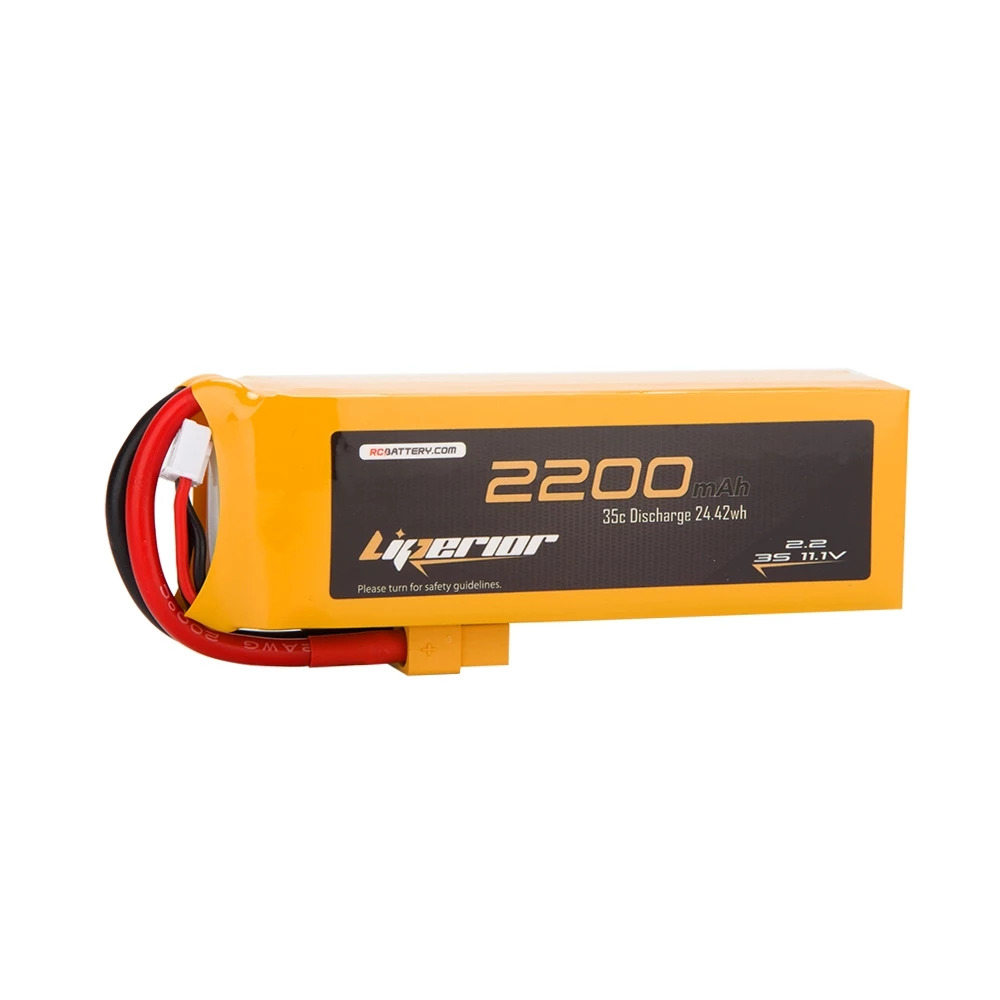Lipo batteries, short for Lithium Polymer batteries, have become a popular choice for powering various devices, including smartphones, drones, RC cars, and more. Their lightweight and high energy density makes them a preferred option. However, proper maintenance is crucial to ensure their longevity and safe usage.
In this detailed blog, we will walk you through the step-by-step process of maintaining Lipo batteries to maximize their lifespan and performance.
Understanding Lipo Batteries
Prior to delving into the intricacies of maintenance, it is critical to gain an in-depth knowledge of what precisely Lipo batteries are. These batteries utilize an electrolyte that has a gel-like consistency, rendering them significantly more adaptable and lightweight than conventional lithium-ion batteries. Furthermore, they are available in a myriad of shapes and sizes, providing unparalleled versatility for a vast range of applications.
Maintenance Tips for Lipo Batteries
Storage Guidelines
Maintaining the health of your Lipo batteries depends on proper storage techniques. To ensure the battery’s longevity, one must store it within a charge range of 40% to 60% when not in use. It is worth noting that storing batteries at full or empty charge levels for an extended period can result in capacity loss and potential damage. Therefore, it is imperative to take necessary precautions and ensure that the Lipo batteries are carefully stored to avoid any damage or loss of capacity.
Charging Practices
One must always use a charger specifically designed for 3s Lipo batteries. When charging these types of batteries, balance charging is crucial. This process ensures that all individual cells reach the same voltage level, which is extremely important to prevent imbalances that could lead to accidents.
It is also important to never exceed the recommended voltage or current when charging these batteries. Additionally, avoiding charging your batteries unattended is strongly advised, as this can be very dangerous. Taking these precautions when charging your Lipo batteries will ensure your and the safety of those around you.
Discharging Considerations
It is advisable to exercise caution and avoid over-discharging the Lipo batteries when using your devices. Although most devices come with low-voltage cutoffs, it is always better to err on the side of caution.
Consistently discharging a Lipo battery to very low levels can cause permanent damage, rendering it unsafe for further use. Therefore, monitoring the battery levels closely and avoiding over-discharging them is crucial.
Handling and Transportation
Handling Lipo batteries with great care is of utmost importance to prevent accidents. One should avoid puncturing, crushing, or exposing them to extreme temperatures as this could lead to a hazardous incident. Always use a dedicated fireproof Lipo bag or container to minimize the risk of any untoward mishaps when transporting Lipo batteries. By taking these precautions, one can ensure 3s Lipo batteries‘ safe handling and transportation.
Temperature Awareness
It is important to note that Lipo batteries are highly susceptible to temperature changes. Therefore, avoiding charging or discharging them in extreme hot or cold conditions is best. High temperatures can cause the battery to swell and lead to other damages, while low temperatures can significantly reduce its performance.
Regular Inspections
Regularly checking your Lipo batteries for any signs of damage, such as swelling, punctures, or discharge, is highly recommended. If you notice any abnormalities, it is crucial that you stop using the battery and dispose of it correctly according to your local authorities’ guidelines. It is an essential step to guarantee your safety and the safety of those in your surroundings.
Battery Disposal
If you need to retire a Lipo battery, it’s important to handle its disposal carefully. Lipo batteries can pose a potential hazard to the environment if not disposed of properly. To ensure safe and responsible disposal, one must contact your local waste management facility or electronic recycling Centre for guidance on how to dispose of your Lipo battery in an environmentally friendly manner. By doing so, you can help protect the environment and prevent any potential harm from occurring.
Avoid Overcharging
It is important to note that overcharging 3s Lipo batteries can have serious consequences. When overcharged, these batteries can become overheated and swollen, leading to an explosion or fire. One must set a timer or use a smart charger with an auto-shutoff feature to prevent this from happening. Doing so ensures that your Lipo batteries are charged safely and without any risk of overcharging. Always priorities safety when it comes to charging your Lipo batteries.
Safe Charging Area
Create a designated area for charging your Lipo batteries. Keep it clean, dry, and away from flammable materials. Investing in a fire extinguisher for added safety is a prudent choice.
Concluding Words
Taking care of your Lipo batteries not only helps them last longer but also keeps you and others safe. Follow this guide to maximize your battery’s performance and minimize the risk of accidents. Always put safety first and follow the manufacturer’s instructions for best results. Have a safe and happy power experience!




